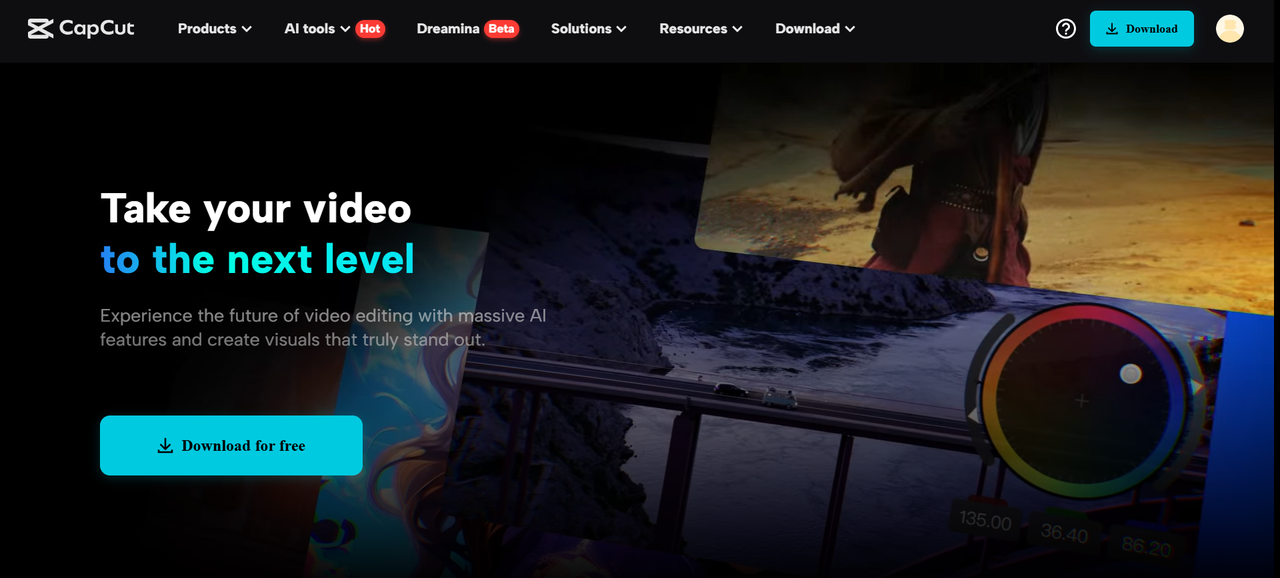Interactive Learning in the Virtual Classroom: Effective Methods That Work
written by: Krystof-Sandor Harfst
As the digital age transforms the landscape of education, the concept of the traditional classroom has expanded to encompass virtual learning environments. With this shift, educators are challenged to not only convey information but also to actively engage students in the online learning experience. This blog post delves into the realm of interactive learning in the virtual classroom, focusing on proven methods that make online language teaching not only engaging but also effective. By incorporating games, exercises, and activities, educators can create dynamic and immersive learning experiences that resonate with students.
The Power of Interaction in Online Language Teaching
Interaction is a cornerstone of effective learning. It fosters engagement, collaboration, and deeper understanding. In a virtual classroom, interaction takes on a new dimension, relying on digital tools and innovative approaches to replicate the benefits of face-to-face interactions. Let's explore some tried-and-true methods for interactive learning in the virtual space.
1. Virtual Language Games
Games have long been recognized as effective tools for engagement and learning. In the virtual classroom, educators can leverage online platforms to introduce interactive language games. Word puzzles, quizzes, scavenger hunts, and language-based trivia games challenge students' language skills while adding an element of competition and fun. These games encourage friendly competition and motivate students to actively participate in the learning process.
2. Collaborative Projects
Collaborative projects bring students together in a virtual space to work on shared tasks. For language learning, this could involve creating a digital story, a group presentation, or even a virtual tour of a foreign city. Students collaborate on research, content creation, and presentation skills while using the target language to communicate and express ideas. This method not only enhances language proficiency but also nurtures teamwork and problem-solving abilities.
3. Interactive Simulations
Simulations allow students to apply language skills in real-world scenarios. For instance, a language teacher could design a virtual restaurant scenario where students interact as customers and waitstaff using the target language. Such simulations immerse students in authentic language contexts, enhancing their language acquisition and communication skills.
4. Virtual Language Exchange
Collaborating with another class or group from a different region or country offers an authentic language exchange experience. Students communicate using the target language to discuss cultural differences, share perspectives, and collaborate on joint projects. This method exposes students to diverse language use and accents, making language learning more holistic and engaging.
5. Interactive Quizzes and Polls
Integrating quizzes and polls during virtual lessons keeps students actively engaged and helps gauge their understanding. Platforms that offer live quiz features allow educators to create real-time quizzes that students can answer using their devices. Polls can be used to gather opinions, preferences, or responses, sparking discussions and interaction among students.
Nurturing Engagement through Innovation
The success of interactive learning in the virtual classroom lies in the innovation and creativity that educators bring to their teaching methods. By incorporating these strategies, educators can transform online language teaching from a passive experience to an engaging and participatory journey of discovery. However, it's essential to remember that effective implementation requires careful planning and consideration of factors such as technology accessibility, student preferences, and learning objectives.
1. Tailoring Content to Student Interests
Customizing learning materials to align with students' interests can significantly boost engagement. For instance, incorporating pop culture references, current events, or topics relevant to students' lives can make language learning more relatable and enjoyable.
2. Embracing Multimedia
Incorporating multimedia elements like videos, podcasts, and interactive presentations can enhance the learning experience. Multimedia not only adds variety to lessons but also caters to different learning styles, appealing to visual and auditory learners alike.
3. Providing Immediate Feedback
Interactive learning should be accompanied by immediate feedback. Whether it's correcting language usage, evaluating quiz responses, or discussing project outcomes, timely feedback reinforces learning and encourages students to actively participate in discussions.
4. Fostering Autonomy
Empowering students to take ownership of their learning journey is a fundamental aspect of interactive learning. Encourage self-directed research, independent problem-solving, and the exploration of resources beyond the virtual classroom.
5. Creating a Supportive Community
An interactive virtual classroom is also a supportive community where students feel comfortable expressing themselves. Encourage open discussions, create safe spaces for experimentation, and promote respectful peer interactions.
Conclusion: Building Engagement in the Virtual Classroom
Interactive learning in the virtual classroom isn't just about making lessons entertaining; it's about creating meaningful and immersive learning experiences. By implementing virtual language games, collaborative projects, interactive simulations, virtual language exchanges, and interactive quizzes, educators can infuse their online language teaching with interactivity and engagement. Moreover, by tailoring content, embracing multimedia, providing feedback, fostering autonomy, and nurturing a supportive community, educators can amplify the impact of interactive learning methods. As the virtual classroom becomes an integral part of education, these strategies pave the way for a future where online language teaching is not just a transfer of knowledge but an interactive journey of exploration, discovery, and growth.



Topics
Popular Blog Posts
Free Language Course
Language learning apps
Online language learning
Intro
Discount preply
Cheap preply
Busuu
Busuu app
Is Busuu free
Free4Talk
Think In Italian
Babbel app
Is Babbel free?
Babbel cost
Babbel Spanish
Babbel vs. Rosetta Stone
Duolingo
Duolingo English test
How much is Duolingo plus
Rosetta Stone
Rosetta Stone languages
Rocket Languages



